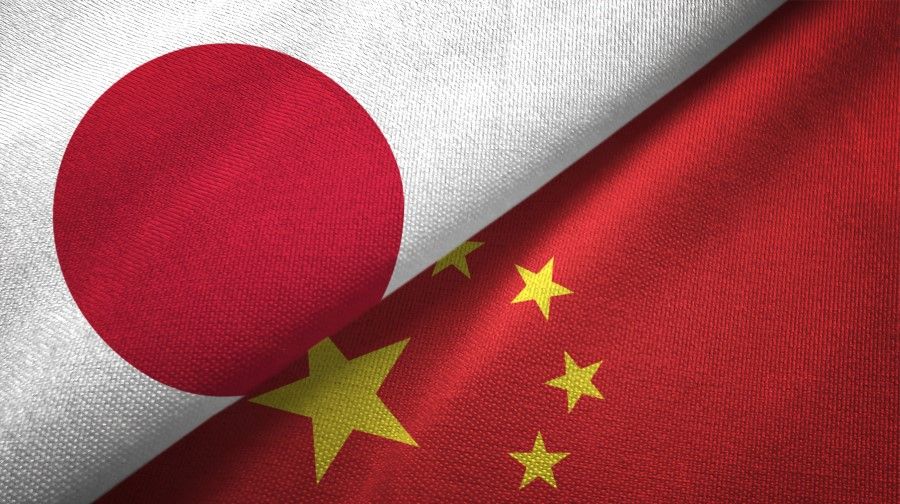China's AIIB vs Japan's ADB: Which is more powerful?

At the end of its third year, the China-led Asian Infrastructure Bank (AIIB) already has many more members than the 53-year-old Japan-led Asian Development Bank (ADB). This is clearly a measure of AIIB success and a useful reminder that Asia is a flexible, contingent idea.
Including prospective members, the AIIB hit the 100 mark this year compared with 68 members for the ADB. Only one of these, Niue, has joined the ADB since the establishment of the AIIB. The China-led bank has a more expansive definition of Asia than the ADB. Both treat the Pacific Islands, Australia and New Zealand as regional members. The AIIB also includes Turkey as a regional member along with eight Middle Eastern countries. The ADB has no members from the Middle East and classifies Turkey as a non-regional member. When it comes to lending, the China-led bank goes beyond Asia. This month the AIIB approved a US$150 million loan to Egypt, a non-regional member of the AIIB since August 2016.
The AIIB has a more expansive approach to non-regional members than the ADB as well. The Japan-led bank only has 19 non-regional members, all of which are creditors, and come from Europe and North America. The AIIB has 49 non-regional actual or prospective members, including 17 from Africa and 7 from South America. As indicated by the recent loan to Egypt, over 20 of these non-regional members are likely borrowing members. China also borrows from the AIIB as it does from the ADB.

For geopolitical reasons though, the AIIB membership is smaller and more exclusive than the ADB in two key ways. First, in GDP terms, the ADB's 68 members are larger collectively than the AIIB's 100. The US and Japan are the two largest contributors to the ADB but have chosen not to apply for AIIB membership. On the other hand, Russia is a founding regional member of the AIIB and the third largest contributor but is not a member of the ADB.
Underlining China's leadership of the AIIB, and undercutting its multilateral claims, no country that officially recognises Taiwan has been granted AIIB membership. Taiwan is a founding ADB regional member. Nauru, Palau, and Tuvalu are ADB regional members that can access the bank's financing to address their undeniable developmental and infrastructure needs. The Solomon Islands and Kiribati, both ADB members, recently switched diplomatic recognition from Taiwan to China. The AIIB may soon have more than 100 members.
This article was first published as ISEAS Commentary 2019/109, 26 December 2019 "AIIB vs ADB Memberships: Larger and Smaller" by Malcolm Cook.
